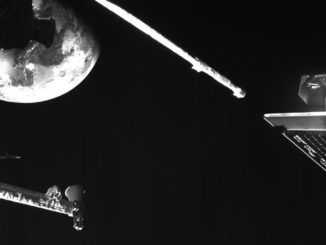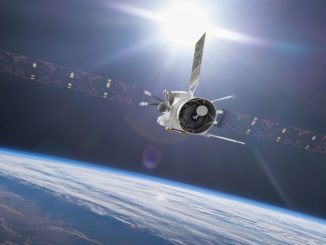
Mercury Planetary Orbiter

Mission Reports

Mission Reports

Mission Reports

Ariane 5

News





© 1999-2025 Spaceflight Now Inc